Everyone has a series that defined their childhood. For some, it was Spongebob or Pokémon or Adventure Time, but for me, my childhood revolved around Avatar: The Last Airbender. I would spend hours upon hours watching Avatar and after rewatch after rewatch I still never get tired of it. Even as I got older my love for the show never stopped and probably never will. So, when I heard that Netflix would make a live-action adaptation, I was nervous but hopeful.
Based on the beloved 2005 animated cartoon of the same name, Avatar: The Last Airbender follows the journey of Aang (Gordon Cormier), the current Avatar and the last of the Air Nomads, along with his friends Katara (Kiawentiio) and Sokka (Ian Ousley) as they try to defeat the Fire Nation’s century-long war against the other nations and bring balance to the world.
This isn’t the first time Avatar: The Last Airbender has been adapted into live-action. In 2010, M. Night Shyamalan directed a feature-length film that covered the events of the cartoon’s first season and was universally hated for many reasons. The movie adaptation was one of the worst adaptations ever due to several catastrophic changes. Still, the main criticism it faced was that it fundamentally didn’t understand what made the original so special. Netflix took a different approach and decided to make it a series instead of a movie, which gave me hope that it might have enough time to tell the story and develop the characters fully. Despite my initial optimism, after watching the entire season I was ultimately disappointed in the direction that Netflix decided to take.
One of the biggest things that can make or break a show is its pacing. Netflix’s series majorly suffers from rushed overwhelming episodes due to having less than half of the cartoon’s original run. The show crunches plotlines together to the point where the story becomes convoluted and hard to watch, turning important moments for character development into shells of their originals. Before the show was released, it came out that Netflix would be taking away the “side quests” that the gang went on throughout the first season; however, this was not the case. Netflix kept the side quests in by mashing them together with other important storylines and removed all of the fun and comedic moments in hopes of delivering a more serious, darker tone for the series. In my opinion, this change was a mistake. One of the reasons why the original is so loved is because it was able to perfectly balance the more serious moments with comedic ones, allowing us to get to know the characters and their personalities in different situations.
The biggest change the Netflix series made was the absence of Sozin’s comet. In the original, the driving force of the story and the whole reason Aang begins to learn water bending is the message Roku gives him that forces him to face the reality of being the Avatar. This is a pivotal moment in the series and the absence of it makes no sense; instead, Aang is shown a vision of the Northern Water Tribe being destroyed, stripping the big reveal of its shock and surprise at the end of the season. This happens with a lot of important moments, as it feels like everything is directly told to you, removing all the emotional weight that it originally had. Additionally, for a season dedicated to water bending, not once is Aang seen learning or knowing how to water bend. The show seemed to forget that the whole purpose of its first book is about the Avatar learning his first new element; instead, he is pushed to the sideline and stuck watching as the show puts more than enough focus on Katara and Zuko.
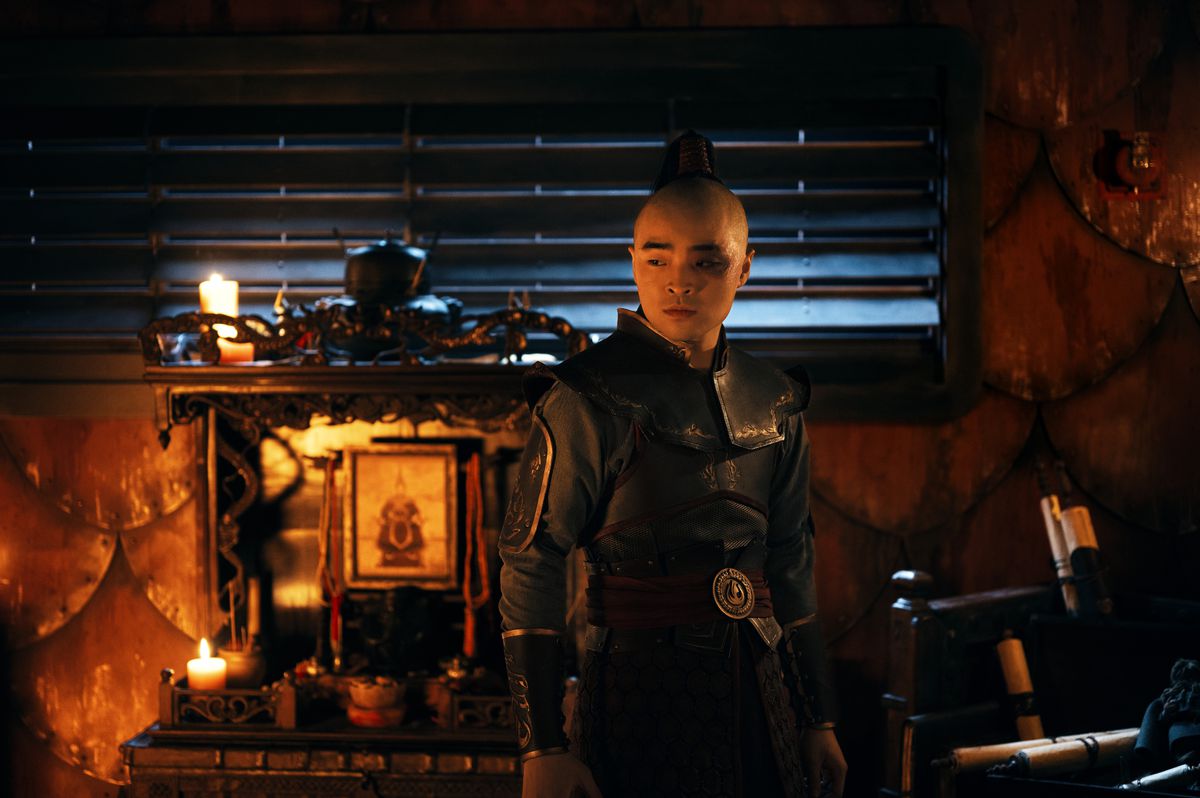
The changes in the story weren’t the only problems that I had with the Netflix adaptation. The characters felt shallow and pairing that with the stiff and unnatural dialogue it made for a rocky ride that became more and more disappointing as the show went on. Characters like Iroh and Aang are known for their wisdom and their unique view of the world, and their live-action performances felt very out of character. Iroh turned into an old guilty man whose sole focus was looking out for his nephew Prince Zuko, and Aang became a whiny kid who had to be taught the same lesson over and over again. Aang’s lack of a personality frustrates me. A core part of his character is that he doesn’t want to be the avatar and actively tries to escape his responsibility. Throughout the show, Aang becomes one of the least developed characters despite the show being about his journey. Aang is one of the most interesting characters in the show, and it’s sad to see Netflix ignore him and his goofy personality.
The actors did the best they could with what they were given, and I’m sure with better writing they would be out of this world. The casting in this show is amazing. Each actor perfectly fits what I imagined, and it feels like they are trying their best to fully channel their characters, but the janky writing and exposition-heavy monologues ruin the flow and completely take you out of the story.
While I didn’t like most of this show, Netflix did deliver a visually stunning show that perfectly captures the world of the animated series. Each location that the gang travels is exactly how I imagined they would look in live action, if not better. Seeing their version of the Southern Air Temple and Omashu was refreshing and breathed new life into the show. It felt like the characters were immersed in the world, despite the majority of the show being shot on a green screen or LED screen walls. The CGI wasn’t the only thing Netflix managed to get right. The costume design for each nation and character was spectacular. In the animated show, it made it easy to tell which characters were from which nation, due to the color palettes and the cultures each nation was inspired by, which the series executed flawlessly.
Going into this show, I wasn’t looking for a carbon copy of the original. What’s the point of making an adaptation just for it to be a one-to-one remake of the original? But an adaptation should only change so much. It has to enhance the story in some way; otherwise, it could make things worse. Most of the changes Netflix made came at the cost of vital character and relationship development that the main trio desperately needed to feel human and relatable. The show takes every chance it gets to hold the viewers’ hand and shove information in your face in order to get the payoff they want, without making the effort to establish any mystery or stakes to make the moment feel important. Without the emotional weight, these moments become bland and lack what made them so special in the first place.
Every format is different and changes need to be made to fit and flow properly in a new medium. Many adaptations have successfully pulled this off, like The Last of Us and Netflix’s One Piece, without disrespecting the source material and making unnecessary changes. I understand that they had to leave things out due to it shortening the runtime to eight episodes compared to the original’s 24, but had they made the season half of the original’s it would have given them more room to flesh out the story and characters without trying to shove everything into one or two episodes.
Netflix’s adaptation has a lot going for it and with the announcement of seasons two and three, it has the potential to become a great show if it takes a step back and looks at what it needs to do differently.


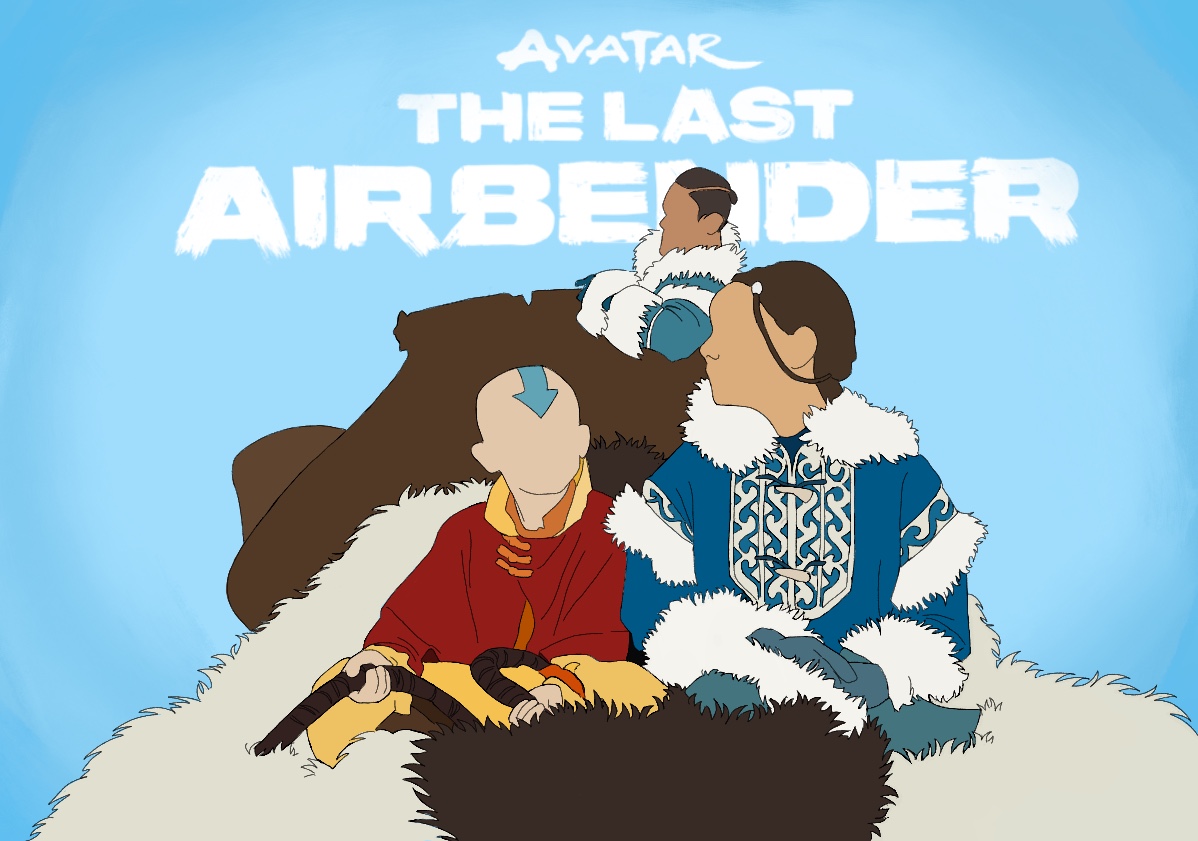
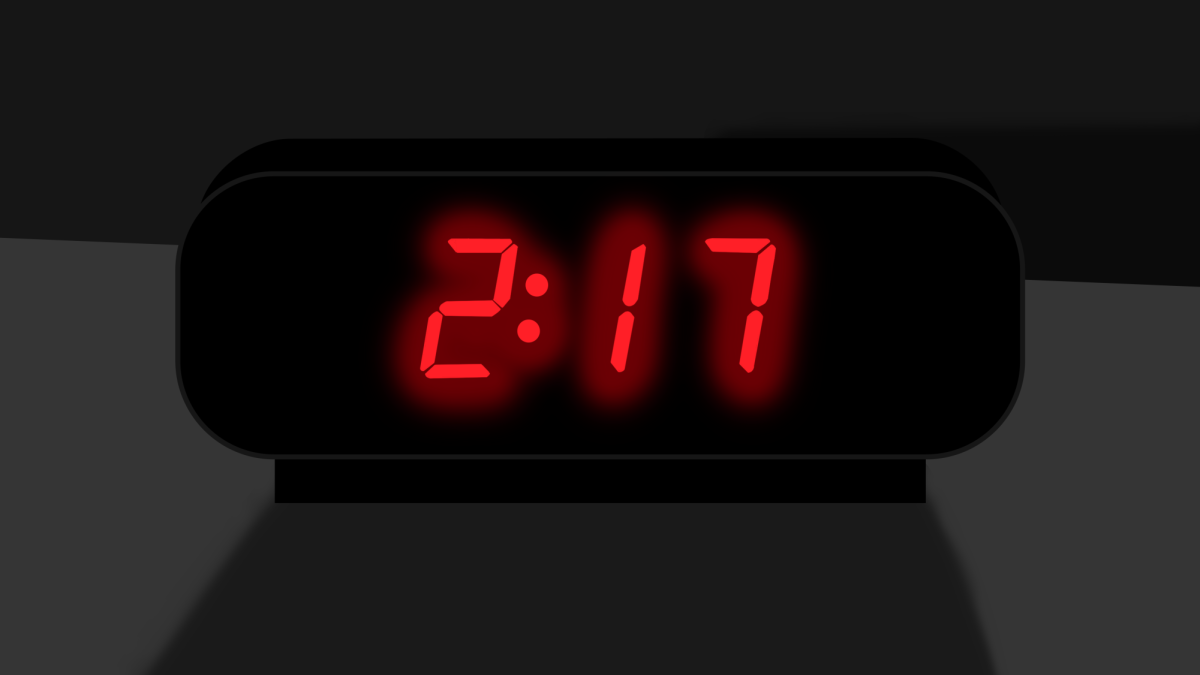
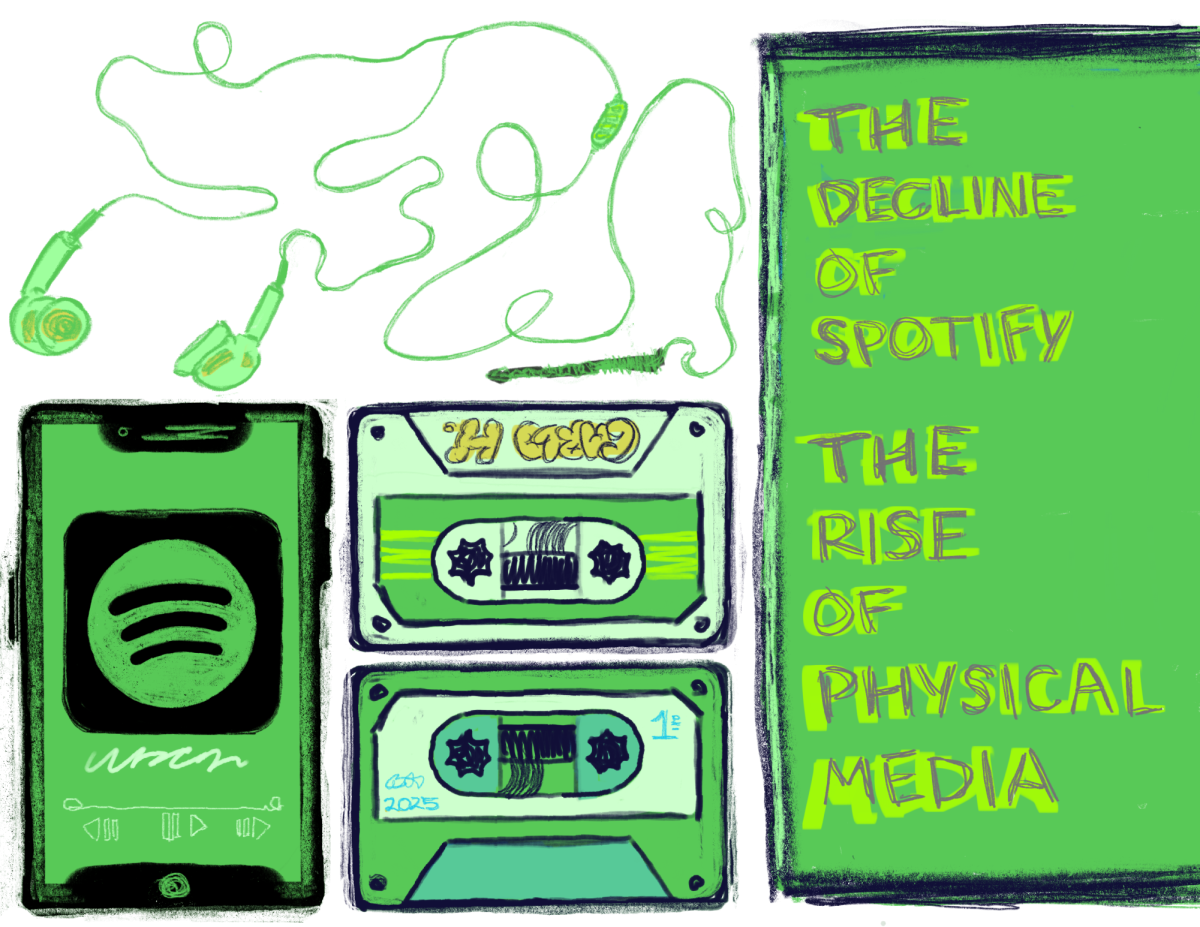

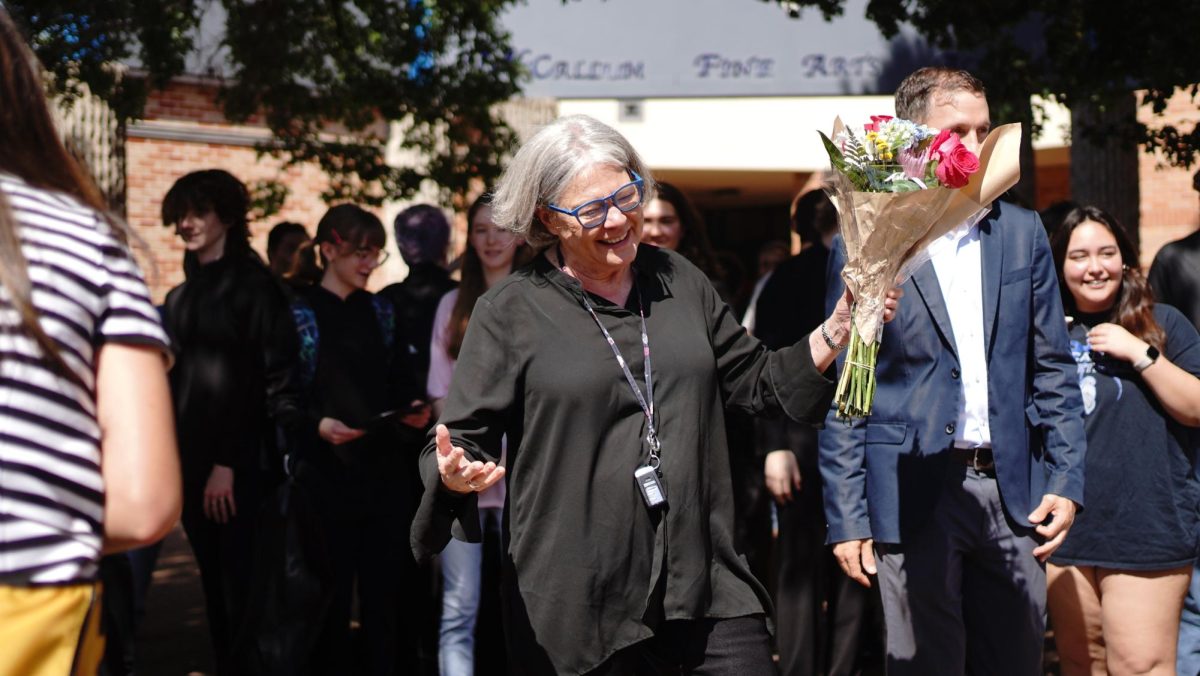
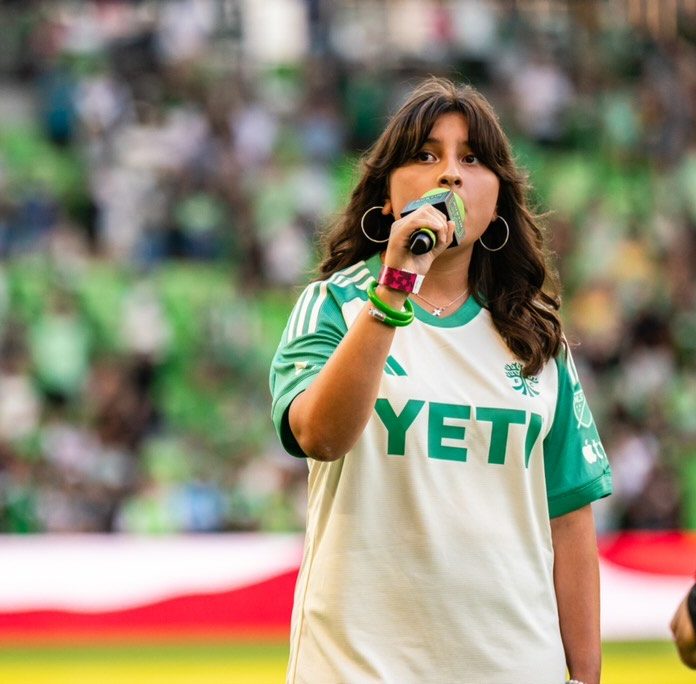

Ben • Sep 8, 2024 at 3:18 am
Every single one of you that think this series is even ok, are F’N morons and you are all the reason that BS like this makes it on tv while shows that deserve to not be cancelled are. You are all also the same people that actually enjoyed that other abortion, the movie. The person that did this review isn’t the only one talking about how absolutely horrible Netflix screwed up Avatar the last airbender. This live action series completely and undeniably disrespected the original series, the original creators, and the TRUE FANS of the show. It’s only people like you that think Netflix did a good job. And the best way to show how wrong you all are is that Netflix hasn’t cancelled the show. Netflix cancels or destroys any good show they make. Look at what they did to The Witcher.
Barashino • Sep 7, 2024 at 7:01 pm
The only reason you can even say this is because you didn’t actually watch it it get off the Internet with this bologna sauce and you
Jacob • Sep 7, 2024 at 5:54 pm
As an avid fan of the series (ATLA) and a fellow re-watcher, the series (live action) is abysmal and simply offensive to the story’s overall personality. Assuming you didn’t care to watch the original and didn’t value the unique events in the cartoon, the live action is good. Right? But it’s not “a little” inaccurate. Every episode gave me a headache to the point I couldn’t watch it anymore because of how inaccurate it was. (Spoilers) The secret tunnel was supposed to be an Aang, Katara romance, but get this… Aang wasn’t even there! On top of that, the secret tunnel episode doesn’t happen until the second season of Avitar: The Last Airbender. Aang is a brat and nothing I pictured him as. Katara is the best actor, but Socca gets 90% of his personality ripped away from him with more subtle jokes included occasionally. There is literally an episode in ATLA where the team can’t live without Socca’s humor. Without it, he’s literally a walking human flesh bag with a boomerang. And they plainly miscasted Iroh. Sorry, his acting was good, but he had no Iroh spirit in his voice. Zuku was cool, seems legit. I could recount in my mind the endless events that gave me a headache, but I really don’t want to suffer the pain of reliving this atrocity.
Last Airbender Fan • Sep 6, 2024 at 7:24 pm
Seriously! This was the best live action version of the series yet. It was full of emotion. I was hoping for a second season too.
Charles King • Sep 3, 2024 at 12:01 am
Yeah. You tripping. 2nd Season! Let’s goooooo!
Nunya • Sep 1, 2024 at 3:32 pm
Brooo nooo, I low-key want a second season. Yeah sure, some details or aspects were a off such as Mai and TyLee giving less than their og characters but cgi, narrative, plot, and the addition of the airtemple massacre scene deserve for a second season. I’m not going to say it was 10/10, at least a 6/10 for those who want to rate it badly, but ya’ll make it seem like it’s the movie all over again.
Sam • Sep 1, 2024 at 3:29 pm
The emotional content behind the use of their powers, and the effect it was supposed to make was there, I thought it was amazing. I watched it on Nickelodeon and when I watched it on Netflix I thought it was AWESOME!!!
Ryan • Sep 1, 2024 at 10:19 am
Ppl that make reviews like this are the reason great shows like this get cancelled. It wasn’t PERFECT, so they have to say it’s trash. Smh. It’s a great show with an amazing cast. They even got the cabbage guy to come back for his love action role!!! I’m ready for them to finish the whole series like this. Hell maybe even reboot korra
Jessica • Aug 31, 2024 at 4:13 pm
Booooooo to you. While they did remove Saka’s comedic relief the general concept was very on point. They did an amazing job recreating the characters and I’m more than excited to see more of the live action series! Dear creators of the show, not all of us agree with this bad review!! Sincerely a huge fan and admiring follower!
ADRIA POLLOCK • Aug 30, 2024 at 1:06 pm
I think it was pretty good. Live action can never capture what animation does. It like reading a book vs watching the film adaptation. It usually falls short. The ATLA live action show only has 8 episodes so they had to pack what they could in, so I get why some characters were introduced where they didn’t belong. As far as character development, I was most disappointed with Kitara. The comedy is still there it is just more subtle. I think this was much better than the God awful movie which didn’t just fail ATLA but failed as a movie period.
Trennis • Aug 29, 2024 at 9:00 pm
I thought this was a great adaptation of the original Avatar series. I think that the directors and the actors have done excellent job and I can’t wait for the Final Chapter. Whoever wrote this review must not have seen the same series that I was watching.
Jayy Van Vanite • Aug 29, 2024 at 4:52 pm
I think the show so far was alright. I fully agree with visual and casting aspect. The CGI, the costumes, the performances are just spectacular! And having watched the live action show with both people who did and who didn’t know the original, one thing became clear; As a standalone show, it’s pretty good, if not very much so. But as an adaptation, it’s underwhelming at best, and disrespectful at worst. I hope that the coming seasons will take the fan’s advise and opinions into account and mend what went wrong. For me personally, I hated the first episodes the most, as it made Aang seem like a selfish child, unwilling to grow as a person because he just wants to spend all day playing around, when in the original he was simply afraid of the massive burden being put on him but quickly realised that the world needs him and that there’s a way to be a quirky child, as well as the saviour of a world. (Also the waterbending like wtf he’s not doing it ONCE) All of this is of course just my opinion, and I do understand how people unfamiliar with the original do really enjoy it. Let’s see how the next seasons turn out. I just hope they get to put Iroh into the right light. He’s one of the most important characters.
Sonetta • Aug 29, 2024 at 9:21 am
As a grandmother who watched AANG AND Korra and their adventures, I absolutely loved Netflix’s version. No, you’ll never be able to capture the humor and magic from the original series, but I thought Netflix did an amazing job in casting, especially with AANG. We forget AANG was a 12 year old moody boy who held the ultimate power. I felt the young actor cast as him captured that. Even grandpa approved, and it’s hard to get him to sit through anything. 😆 My advice is to try to enjoy this adaptation for what it is.
Coty • Aug 28, 2024 at 5:30 pm
I mean opinion is opinion, but I thought the love action series was actually good. Sure they changed some things, but the series is a whole lot better than that garbage of a movie they gave us years ago. They’re not going to get EVERY DETAIL correct, but overall they did good with this live action series. I can’t wait for season 2
T • Aug 28, 2024 at 10:13 am
I have never been so mad at a live action film before. In the live action version of avatar, they were constantly turning things into something it wasn’t. I was so mad I had to go to the original series for emotional support and watch it. Some of the characters in the live action were accurate which was surprising. But it doesn’t change the fact that they simply just can’t get the show right. Like do they have a problem with accuracy or something? How do you mess up a show that bad to the point where you constantly turn things into something it’s not? And some of the things aren’t what happened in the show at all and were just plain wrong and stupid. The very first episode of the live action, I was like “ok this might actually be good” cause they showed what happened in detail to the air temple and aangs people. That was the only part by far that I actually liked because they showed us what was going on when the fire nation invaded the air temple. But other than that, it’s time for them to stop being scared of accuracy, and get it right.
Amber • Aug 28, 2024 at 8:18 am
I loved the live action. I thought they did well, they kept the very important pieces. What interests me is people complaining that Aang is too whiny and angsty yet he was that way in the cartoon, but people overlook that because of his goofy nature. He held tremendous guilt because cartoon Aang actually did run away from his responsibilities, he doesn’t want to be the avatar, he doesn’t want to take on the responsibility it’s all there in the cartoon right up until he actually faces Ozai. He is a reluctant hero and always has been
Xero • Aug 28, 2024 at 5:55 pm
What about the water bending the whole point of that season is for him to learn water bending he’s doesn’t use it once
Adam G • Aug 27, 2024 at 12:34 am
Even as a fan of ATLA. The first season was always a little underwhelming to me. I am glad it set up some backstory but the wow moment didn’t really happen for me until the last 2 episodes in the Northern Water Tribe. I have yet to see the live action on Netflix but your article is really well done and also verifies sone of the concerns I had with it.
ADRIA POLLOCK • Aug 30, 2024 at 1:09 pm
I agree Season 1 of the cartoon wasn’t my favorite either.